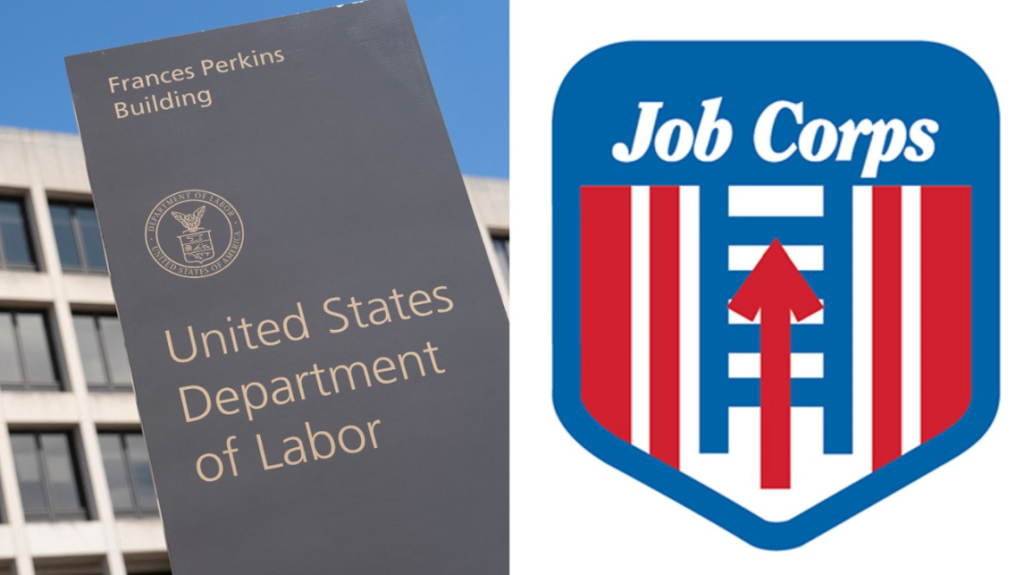A recent report from the Department of Labor has brought to light the troubling performance metrics of the popular Jobs Corps Program. This federally funded initiative, aimed at training and educating low-income young adults aged 16-24, has shown a significantly low graduation rate, raising questions about its efficiency and cost-effectiveness. With budget cuts looming under the current administration, this analysis underlines the urgent need for the government to reassess its investment in such programs.
| Article Subheadings |
|---|
| 1) Overview of the Jobs Corps Program |
| 2) Financial Analysis of Performance Metrics |
| 3) Concerns Over Program Efficiency |
| 4) Government Response and Future Implications |
| 5) Key Takeaways from the Report |
Overview of the Jobs Corps Program
The Jobs Corps Program is a federally funded initiative introduced to provide education and vocational training to young adults aged 16 to 24 who are facing economic hardships. The program aims to equip these individuals with the skills necessary for entering the workforce or pursuing further education. This initiative has garnered support from various unions and organizations focused on youth empowerment. However, questions surrounding its success rate and effectiveness have surfaced, prompting deeper scrutiny of its operations.
Financial Analysis of Performance Metrics
The Department of Labor’s recent transparency report has highlighted shocking statistics regarding the performance of the Jobs Corps Program. According to the analysis of 124 job centers, the graduation rate varies between 32% and 38%, depending on the criteria applied for assessing ‘graduation’. The report reveals that with a budget of $1.7 billion allocated for the fiscal year 2023, the average cost per student stands at approximately $49,769.53, while the annual expenditure per program year hits around $79,631.25.
These figures raise alarming concerns, particularly when considering the considerable output per graduate: ranging from $155,600 to $187,653. These spiraling costs signal a potential inefficiency in the program’s financial structure.
Concerns Over Program Efficiency
Reports have emerged not only regarding the financial inefficiencies of the Jobs Corps Program but also concerning safety and security within its facilities. In recent years, various sources have indicated that the dormitories housing participants have also accommodated individuals with criminal backgrounds and runaway teens, culminating in issues such as assaults, drug dealing, and other serious crimes.
The Department of Labor emphasized the urgency for transparency and accountability amid these unfolding concerns. Acknowledging the importance of clear performance metrics, officials have emphasized the need for public awareness regarding how taxpayer money is utilized in this venture.
Government Response and Future Implications
In light of these concerning findings, the Department of Labor has pledged a commitment to increasing oversight and accountability related to its expenditure. Simultaneously, the agency has acted on recommendations to streamline its operations. Recently announced moves include returning over $1 billion in unused COVID-19 relief funds to taxpayers and cancelling a $4 million contract intended for consultation services related to diversity, equity, and inclusion training within the Jobs Corps Program.
Labor Secretary Lori Chavez-DeRemer articulated that “taxpayers deserve to know the facts and outcomes of their multi-billion-dollar investment.” Ensuring public trust through rigorous audits and evaluations appears to be a top priority for the agency moving forward.
Key Takeaways from the Report
Examining the report ultimately casts a spotlight on the need for reform within the Jobs Corps Program. Given the inefficient spending revealed in the document, alongside the concerning safety issues, the future of this initiative remains uncertain. Stakeholders, including both lawmakers and advocacy groups, are calling for a comprehensive review of the program’s structure. As budget cuts loom, the viability of the Jobs Corps Program has become a subject of heated debate among policymakers and interest groups.
| No. | Key Points |
|---|---|
| 1 | The Jobs Corps Program has a low graduation rate of 32%-38%. |
| 2 | The average cost per student is approximately $49,769.53. |
| 3 | Participants often secure minimum wage jobs post-graduation, earning approximately $16,695 annually. |
| 4 | Recent safety concerns include allowing individuals with criminal backgrounds to reside in Job Corps’ dorms. |
| 5 | The Department of Labor is prioritizing accountability and transparency following the report’s findings. |
Summary
In conclusion, the findings from the Department of Labor’s report on the Jobs Corps Program highlight significant inefficiencies and concerns regarding safety and effectiveness. With low graduation rates and high costs per graduate, there is a clear need for reform and increased oversight of federally funded programs aimed at assisting vulnerable youth. The implications of these findings could shape the future of such initiatives, making it crucial for stakeholders to address the highlighted issues promptly.
Frequently Asked Questions
Question: What is the Jobs Corps Program?
The Jobs Corps Program is a federally funded initiative designed to provide education and vocational training to low-income young adults aged 16 to 24.
Question: Why are there concerns regarding the Jobs Corps Program’s effectiveness?
Concerns arise from its low graduation rates, high costs per graduate, and safety issues reported within its facilities.
Question: What actions is the Department of Labor taking in response to the report?
The Department of Labor is focusing on increasing transparency, accountability, and has canceled unnecessary contracts, alongside returning unused COVID-era funds to the taxpayer.


